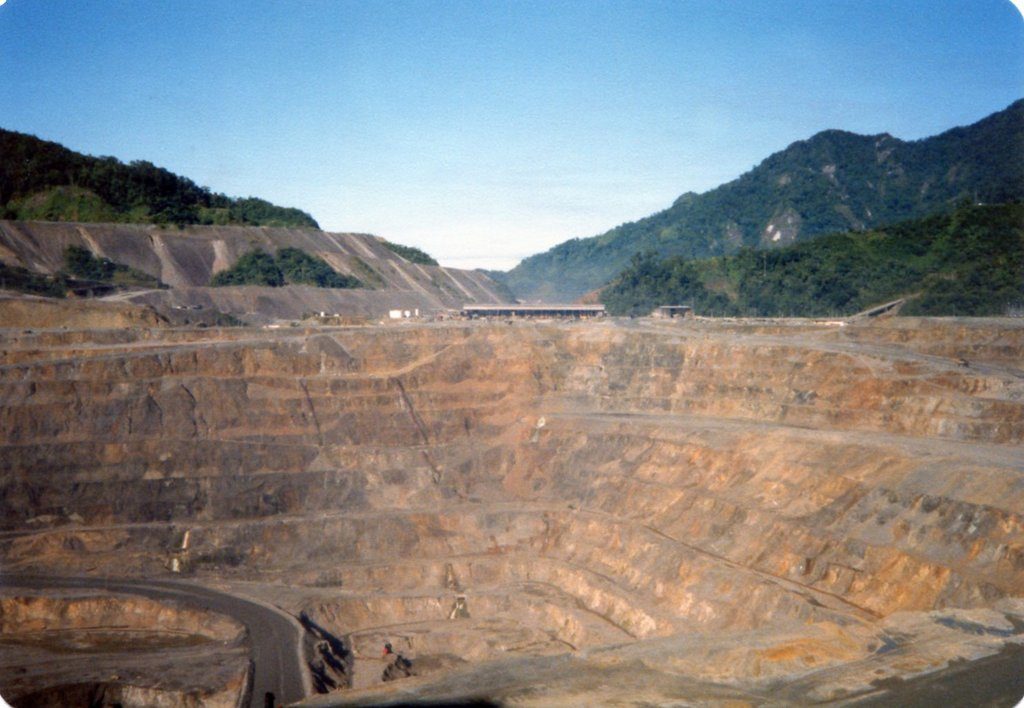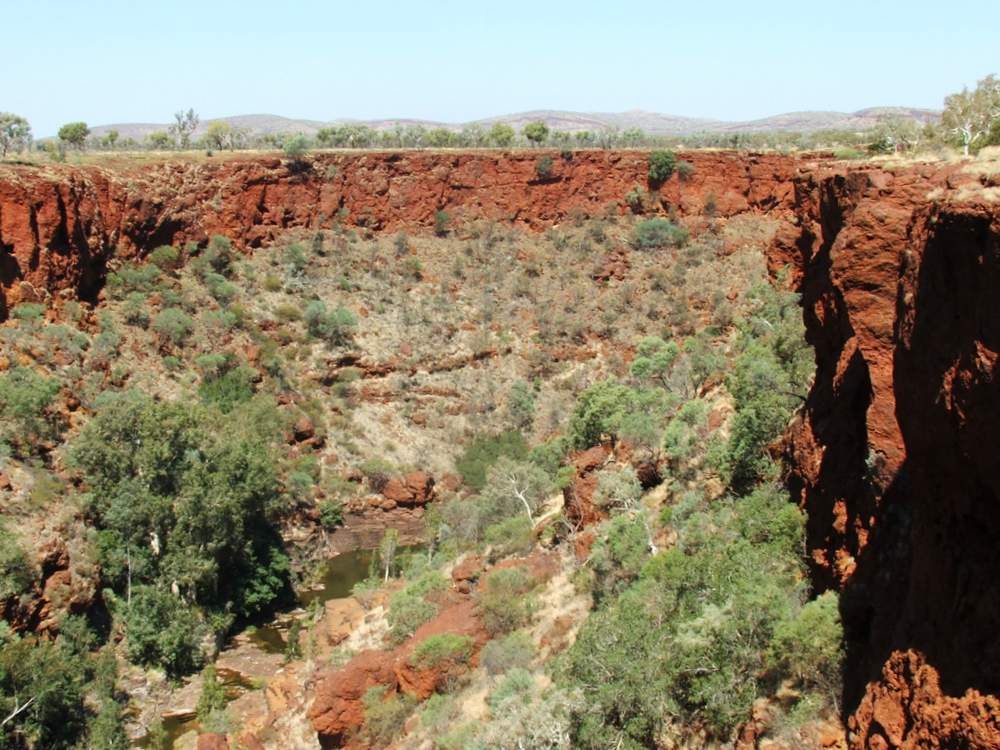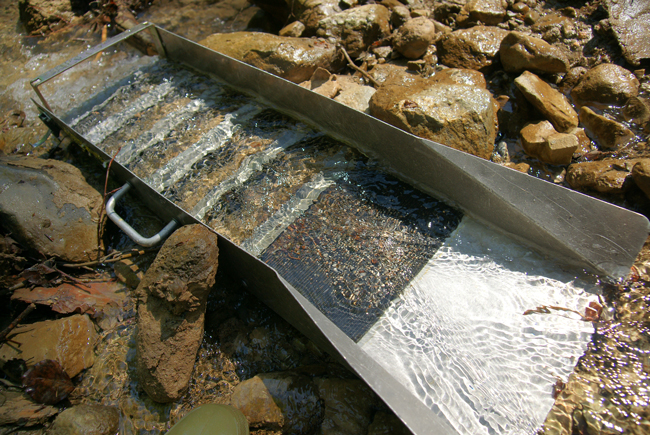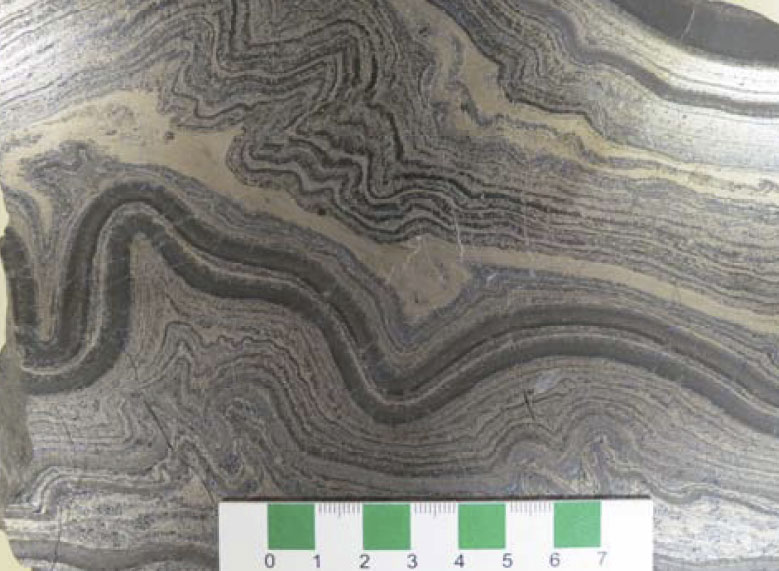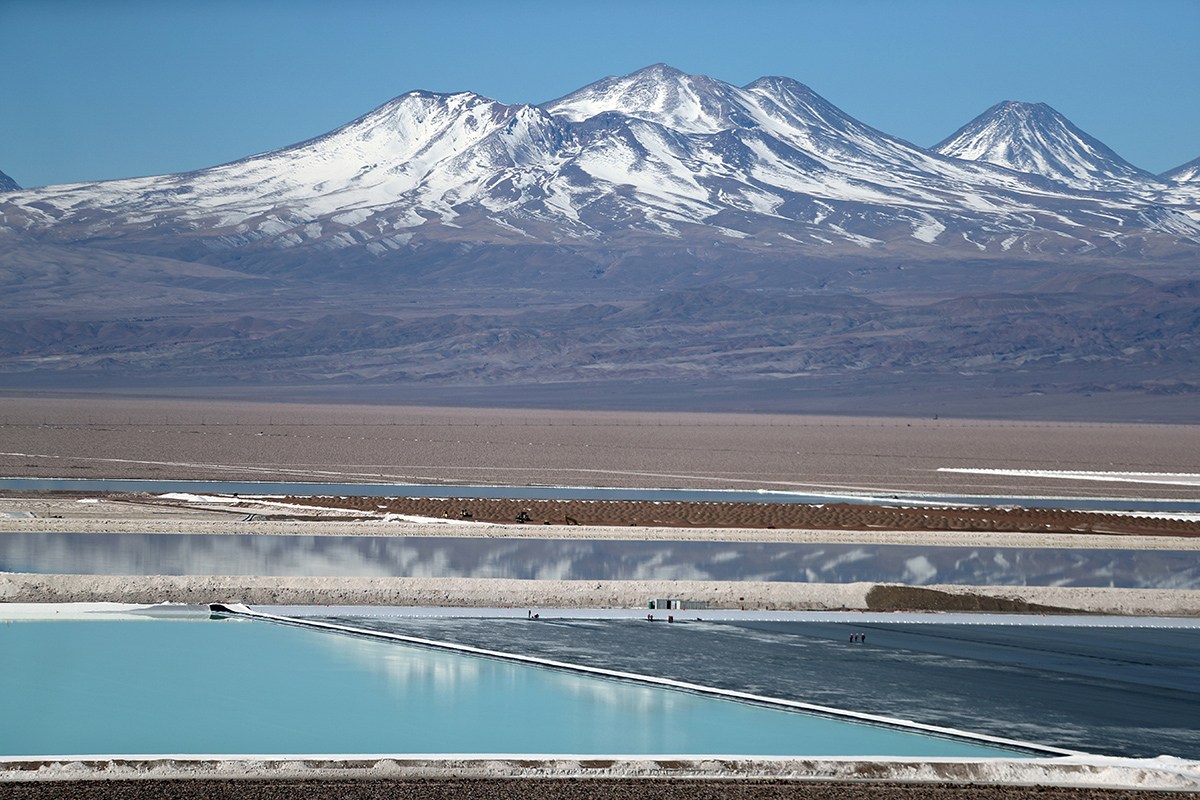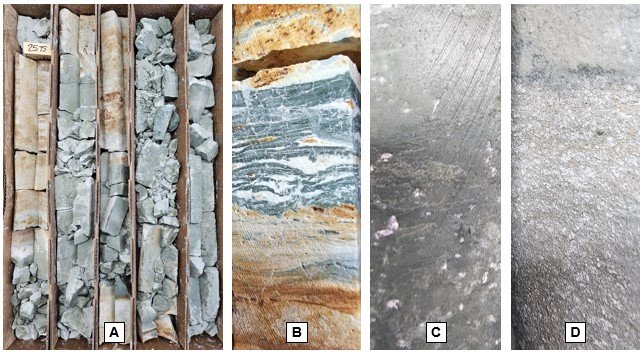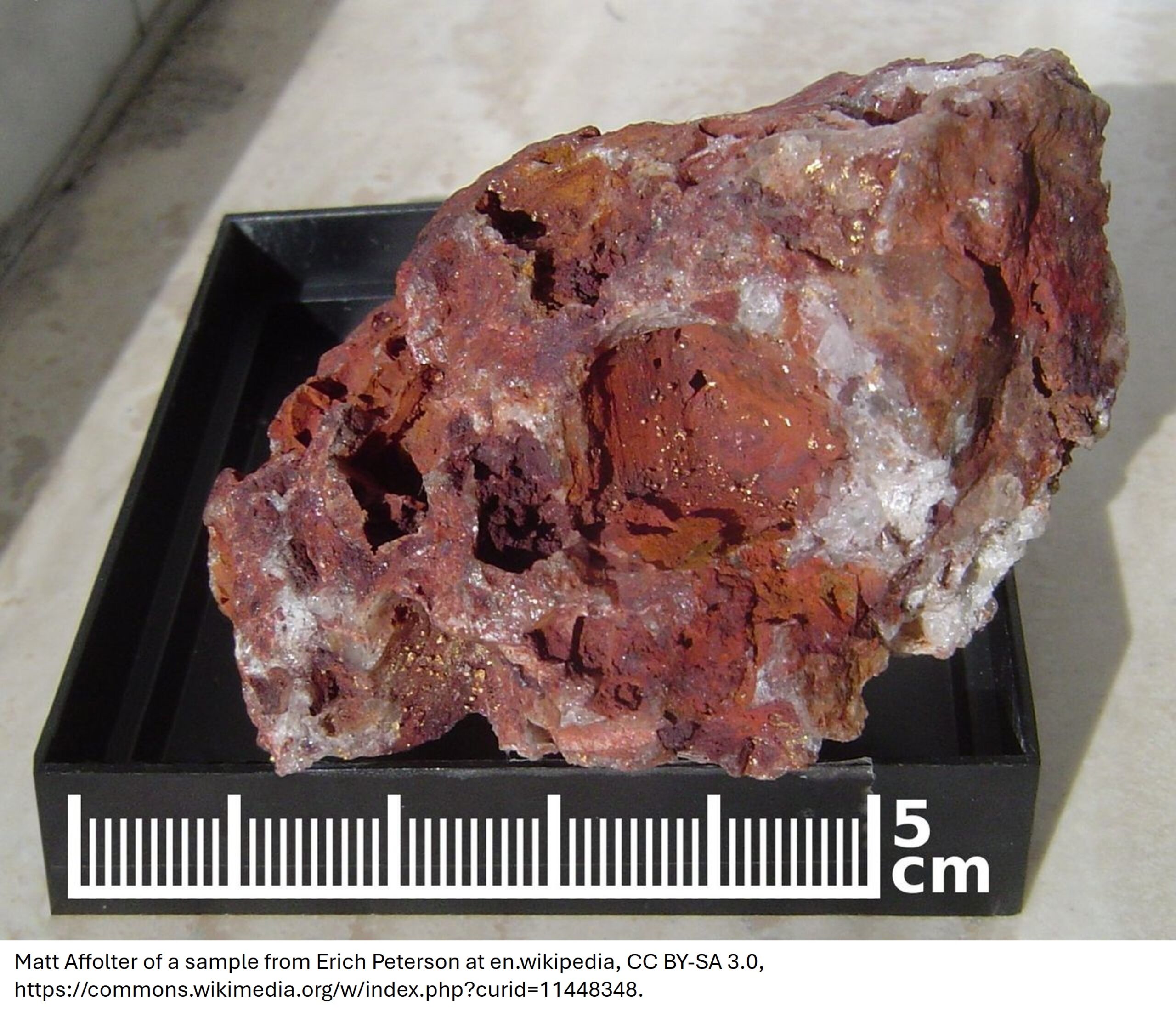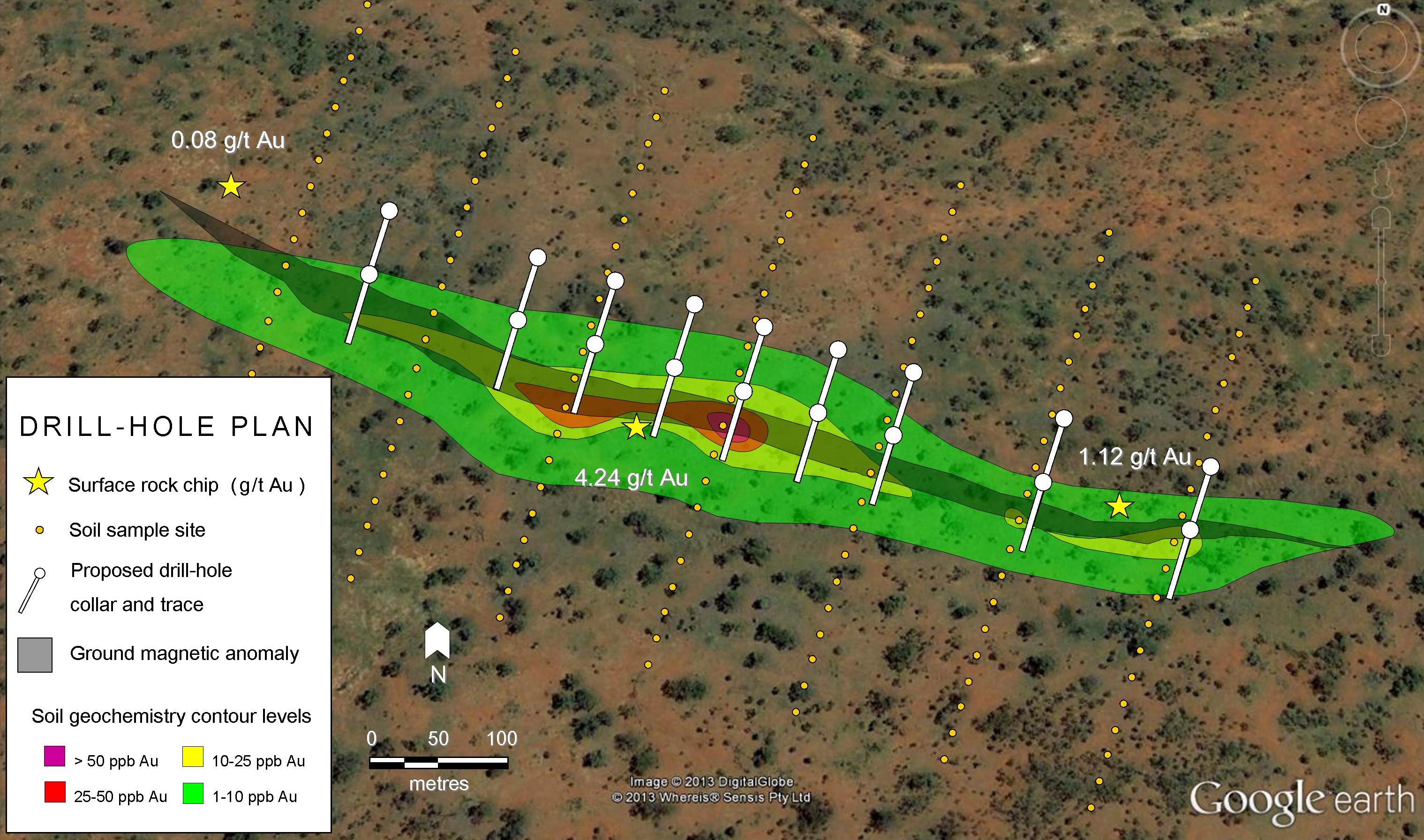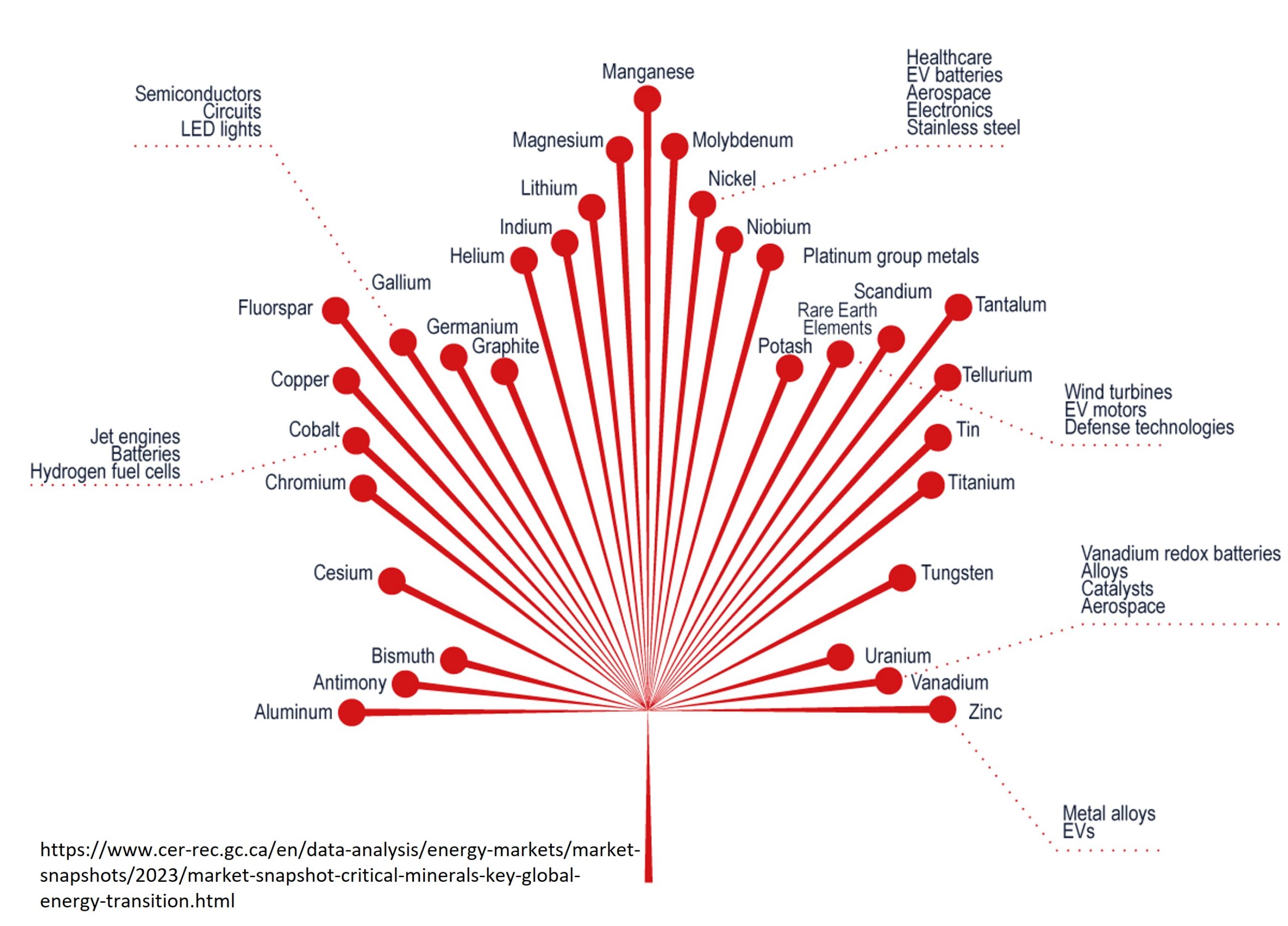About 30% of the world’s nickel (Ni) comes from magmatic deposits. Despite accounting for a minority of Ni production, magmatic deposits are highly sought-after due to their large tonnage, high grades, and ease of processing relative to Ni laterite deposits. In fact, the world’s most valuable ore body is a magmatic nickel deposit.
Magmatic Nickel Basics
As the name implies, magmatic nickel deposits form directly from molten rock. Mafic-ultramafic (metal-rich, silica-poor) magmas naturally contain higher Ni contents, and when this Ni encounters sulfur the two elements stick together to form droplets of sulfide melt. This sulfide melt is immiscible with the common silica-rich magma, causing the sulfide droplets to separate like oil from water. Unlike oil, however, sulfide melts are denser than the surrounding magma, causing it to sink to the bottom of the magma chamber where it accumulates to form a deposit of nickel-rich sulfides. As an added bonus, these droplets act like sponges, absorbing precious metals such as gold (Au) and platinum group elements (PGEs) from the magma as they sink through it, enriching the Ni ore in precious metals.
The basic process is simple enough, but there’s a catch: most magmas with enough nickel to form a deposit don’t have enough sulfur. Nickel is what we call a compatible element, meaning it’s easily incorporated into common rock-forming minerals: in the absence of a high concentration of sulfur the nickel is absorbed into silicate minerals like olivine and dispersed throughout the rock. Forming a deposit requires an external source of sulfur. Fortunately, Ni-bearing mafic-ultramafic melts come in very hot, hot enough to melt surrounding rocks. If these rocks are rich in sulfur, like certain sedimentary rocks, then the ingredients are in place to form a magmatic Ni deposit.
Finally, these ingredients need to be mixed. Essentially all economic magmatic Ni deposits are found in dynamic magmatic systems, where strong currents within the molten rock and frequent pulses of new magma help sulfide droplets mix with, and absorb metal from, Ni-bearing silicate melt. It’s rare for all these factors to come together to form an economic deposit.
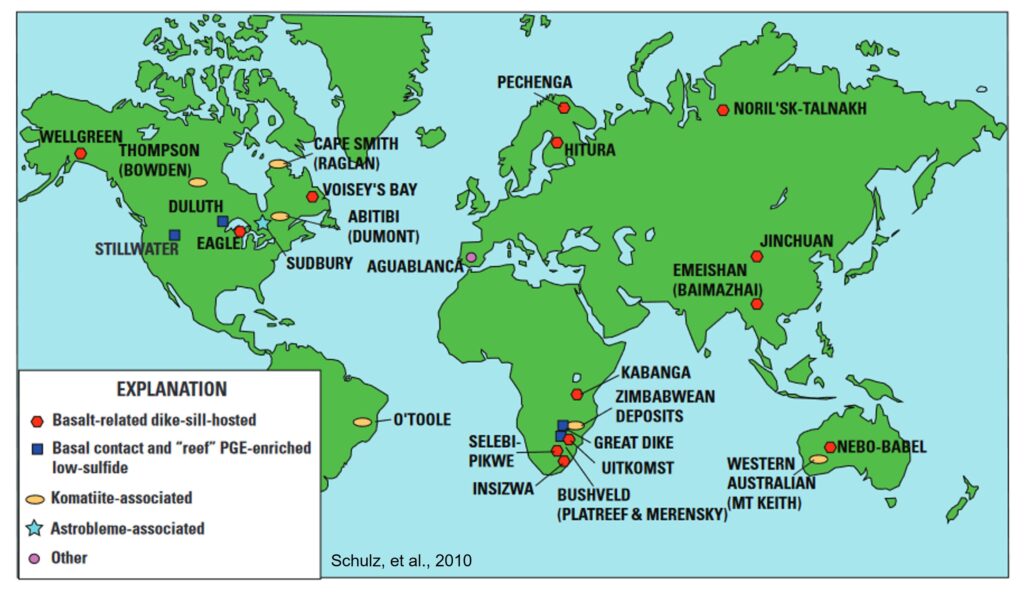
Minerals and Metals
While Ni is typically the main economic element (typical grades range from 0.5-3% Ni) magmatic deposits also contain substantial amounts (~0.2-2 %) of copper (Cu) as well as lesser amounts (<0.1%) of cobalt (Co) and variable (~0-10 g/t) amounts of Au and PGEs. Although Co, Au, and PGE grades are typically low, in some cases these byproducts can significantly increase the value of a deposit, as well as providing more diverse streams of income. In the case of Norilsk, Russia, the value of the PGEs can exceed the value of the base metals, allowing mines to operate profitably even when Ni and Cu prices are low.
The main ore minerals in magmatic deposits are pentlandite ((Fe,Ni)9S8) and chalcopyrite (FeCuS2), with pyrrhotite (Fe7S8) as a major gangue (non-valuable) mineral. These minerals often form dense accumulations of massive sulfides in depressions or fractures at the bottom of their host intrusions, with zones of net or matrix sulfides, in which sulfides surround silicate minerals, and more dispersed disseminated sulfides in areas above the massive sulfides. Massive sulfides are often zoned, with more Ni-rich, pyrrhotite-dominated assemblages in lower and more peripheral areas grading into more Cu and PGE rich assemblages in upper and central areas.
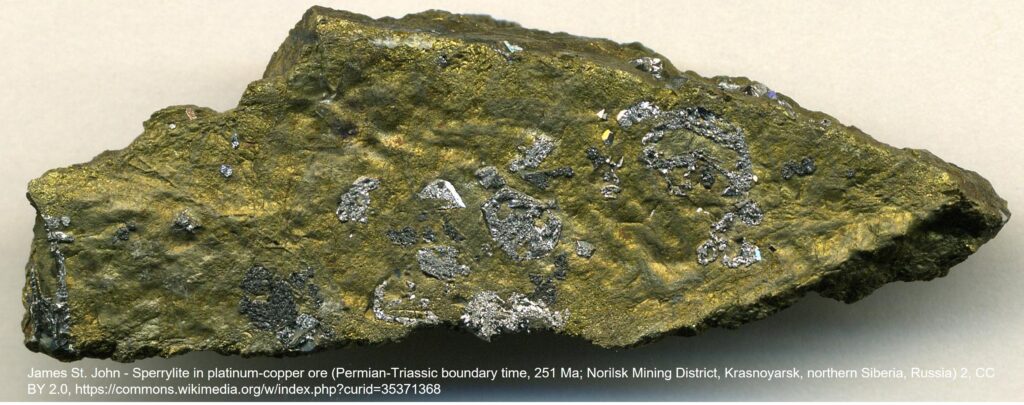
The tenor, or concentration of metal (typically Ni) in magmatic sulfides can vary significantly and sets the upper limit on the overall grade of a deposit. Although nickel can also be hosted in silicate minerals, these are not economical to process and don’t contribute to the overall grade or value of a deposit. Tenor tends to be higher when molten sulfide droplets interact with large volumes of silicate melt.
Types
Magmatic nickel comes in two distinct flavors: intrusion-hosted (basalt sill-dyke-hosted) and komatiite. Intrusion-hosted deposits are found within mafic-ultramafic intrusions and have formed throughout geologic history. These intrusions are often, although not always, associated with rift systems or mantle plumes, both of which involve large volumes of mafic-ultramafic magma rising upwards from deep in the Earth’s mantle. Economic deposits are mainly found in areas which acted as conduits, or plumbing systems for large volumes of magma. Intrusion-hosted deposits typically contain approximately equal amounts of Ni and Cu and may be very large (>1000 Mt). Large mafic-ultramafic intrusions are also favorable environments for low-sulfide ‘reef’ PGE and chromium deposits, which may occur in close proximity.
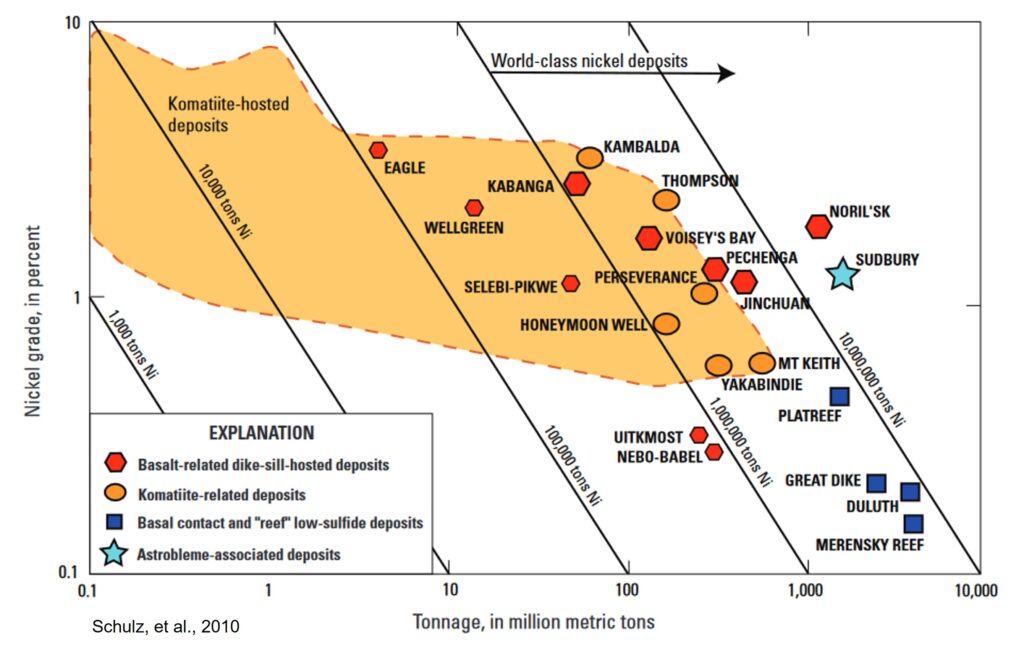
Komatiite deposits occur in ultramafic volcanic flows (komatiites), which are restricted to the Archean and early Proterozoic eons. The Earth hasn’t been hot enough for ultramafic melts to reach the surface for about 2 billion years; komatiite deposits are one of the few types that will never form again. Komatiites were so hot they melted channels into the underlying rocks, helping them absorb all-important sulfur as well as forming deep pools for molten sulfides to settle into. Komatiite deposits often contain more than 10 times as much Ni as Cu and tend to be smaller than intrusion-hosted deposits.
A third type, astrobleme (asteroid impact) related deposits, are found in only a single mining district: Sudbury, Canada. These deposits formed as a result of a massive asteroid impact 1.86 billion years ago. The heat of impact melted large amounts of both mafic-ultramafic and sedimentary rocks, allowing nickel and sulfur to combine in the molten rock-filled crater before settling to the bottom to form deposits. Although this process seems to have been a once-off, the scale and efficiency of it has made Sudbury one of the richest mining districts in the world, with over $250 billion in Ni, Cu, Au, and PGEs produced so far. Nickel and Cu are present in subequal amounts.
Exploration and Mining
Prospective areas for magmatic sulfide deposits can be recognized by the presence of large mafic-ultramafic bodies. The sulfide deposits themselves, however, tend to be small (10-100’s of m) bodies which lack a larger, encompassing alteration footprint, which can make locating them via mapping and drilling challenging. Dense, metal-rich sulfide bodies, however, have distinctive gravity and electromagnetic properties, allowing them to be identified via geophysical methods. These gravity and EM surveys must be done at a high resolution to spot small sulfide bodies. Geophysical signatures of ore bodies can also be masked by their often dense and strongly magnetic mafic-ultramafic host rocks. Prospecting for magmatic Ni is often compared to searching for a needle in a haystack.
Mining magmatic sulfide deposits can be very profitable due to the potentially high grades and simple, easily processed mineral composition of the ores. Undeformed magmatic deposits are also fairly straightforward to mine, as they lack the structural complexity common in deposit types such as orogenic gold. Metamorphism, however, can complicate this picture, as sulfide bodies are softer than surrounding rocks, making them vulnerable to major deformation. This is particularly common for komatiites, which are more likely to have experienced deformation due to their great age. Komatiite-related deposits of the Thompson Nickel Belt, Canada, are so deformed that they are believed to have completely separated from their original host rocks and have become smeared out along folds in the regional host rocks.
Example: Norilsk
Norilsk is the world’s largest magmatic Ni district, containing 2137 Mt @ 0.72% Ni, 1.39% Cu, 4.41 g/t PGEs, and 0.22 g/t gold. The Oktyabrysk ore body alone is valued at $ ~500 billion, making it probably the most valuable ore body ever discovered. The deposits, located in a remote region of northern Siberia, were discovered in 1926, although there is some evidence for limited Cu mining as far back as the bronze age. In addition to being a globally significant producer of Ni, Cu, and Co, Norilsk is the world’s largest producer of the PGE palladium, and third-largest producer of platinum. Norilsk Nickel, who owns most of the area’s mines, exerts a strong influence on global Ni and PGE markets.
The city and mines of Norilsk are some of the most northern major settlements in the world, and were largely built with forced labor under Stalin’s gulag prison system in the 1930-50’s. Norilsk was declared a ‘closed city’ during the cold war, and even today a special permit is required for foreigners to enter. Today Norilsk is considered one of the most polluted cities in the world due to the emissions of sulfur and heavy metals from the area’s many Soviet-era mines and smelters. In 2016 a local river turned red due to wastewater leaks, and soils in the area are said to be so contaminated with heavy metals that they may be economically mined as man-made ores.
The world’s largest magmatic sulfide deposit is hosted with the world’s largest continental Large Igneous Province, the Siberian Traps, which comprises approximately 4 million cubic kilometers of mostly mafic volcanic rocks. The emissions of these 250-million-year-old eruptions are believed to have poisoned the Earth’s atmosphere and triggered the largest mass extinction in history, wiping out many species and paving the way for the rise of the dinosaurs.
Much of Norilsk’s detailed geology has only been reported in Russian and is largely unavailable to western science. The deposits themselves comprise elongate bodies of massive and disseminated sulfide up to several kilometers long and 10’s-100’s m thick, which tend to be aligned with the elongate gabbro (mafic) intrusions which host them. Most ore bodies are associated with deep-seated faults which acted as conduits for melts rising from deep in the mantle. They are typically found along the bottom of mafic intrusions which likely made up the plumbing system feeding the barren overlying volcanics. The ore is zoned, with more Cu and PGE rich areas above and surrounding more Ni and iron rich sulfides. Norilsk is uniquely PGE-rich, with grades in some areas exceeding 10 g/t. It is thought that some, perhaps most, of the metals at Norilsk were melted out of rocks and/or preexisting mineral deposits in the area by the heat of the Siberian Traps.
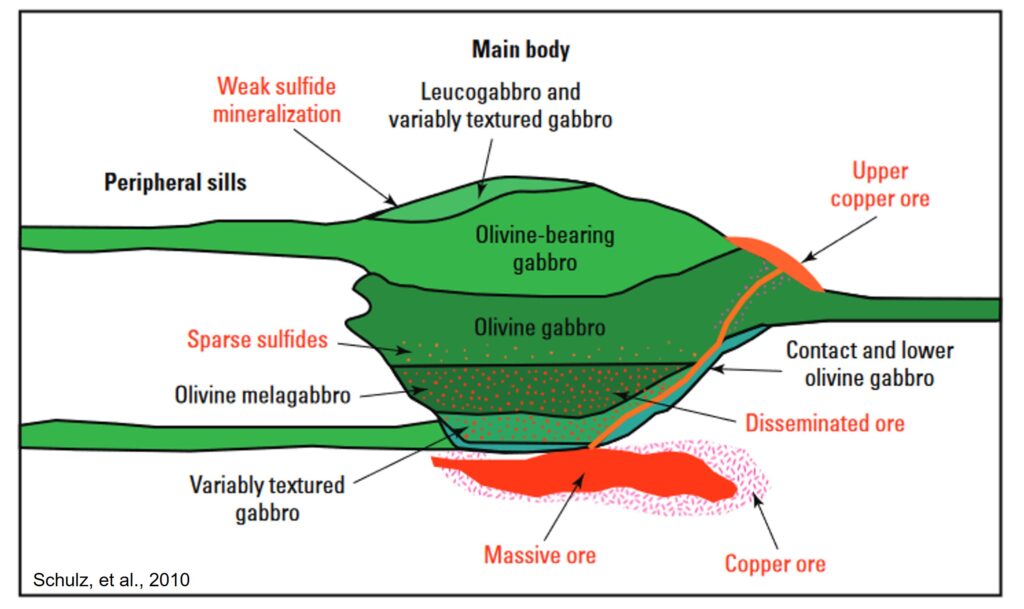
Investor Takeaways
Magmatic nickel sulfide deposits are some of the most valuable deposits in the world, with extremely large tonnages and easily processed high-grade Ni, Cu, Co, and PGE mineralization possible. These deposits are found in large, dynamic mafic-ultramafic igneous systems, which were able to absorb sulfur from surrounding rocks. Although deposits have distinctive geophysical signatures, they are small and rare, making exploration a needle-in-a-haystack challenge.
Further Reading
- Schulz, et al., (2010): Occurrence model for magmatic sulfide-rich nickel-copper-(platinum-group element) deposits related to mafic and ultramafic dike-sill complexes. https://pubs.er.usgs.gov/publication/sir20105070I (online report)

